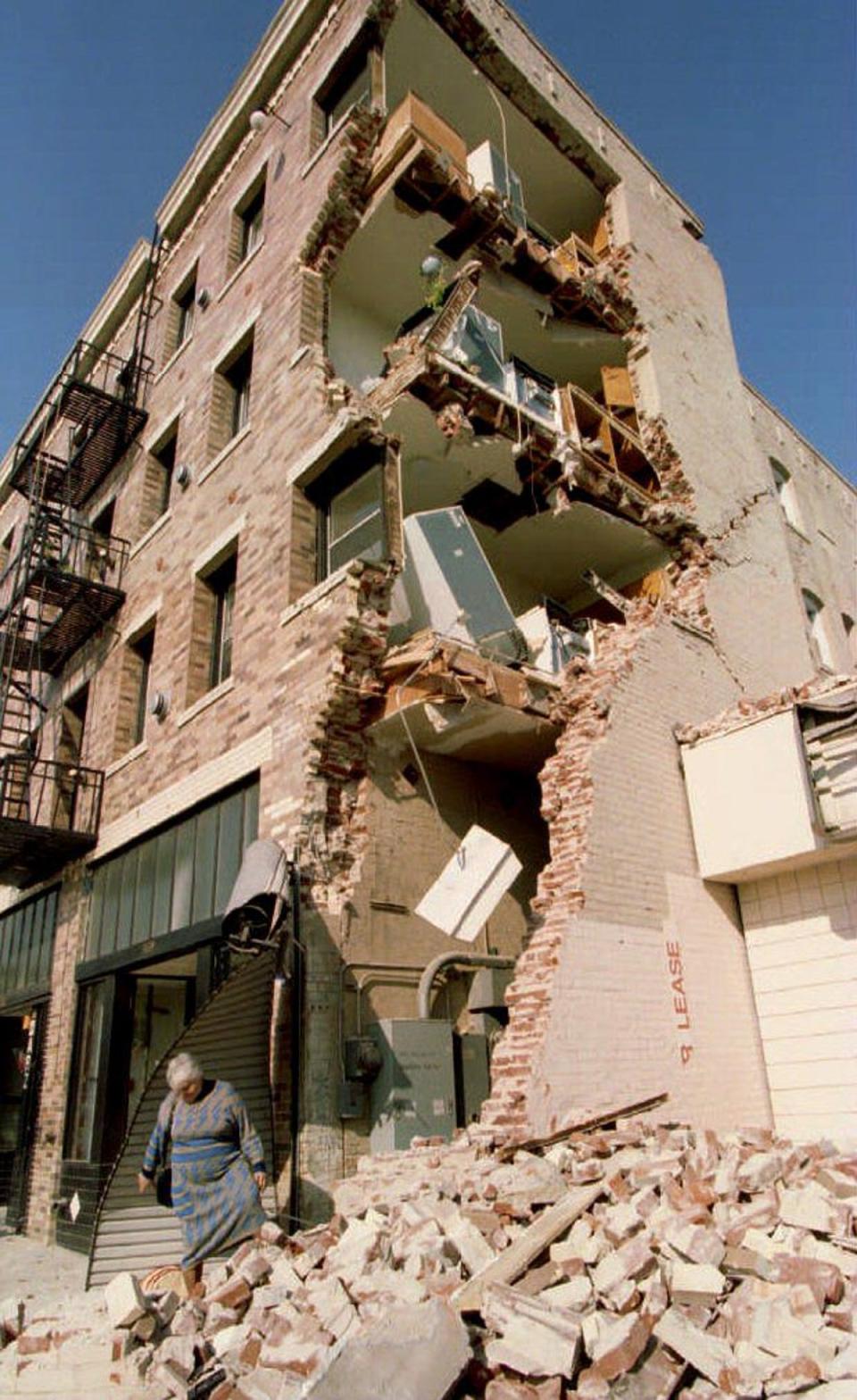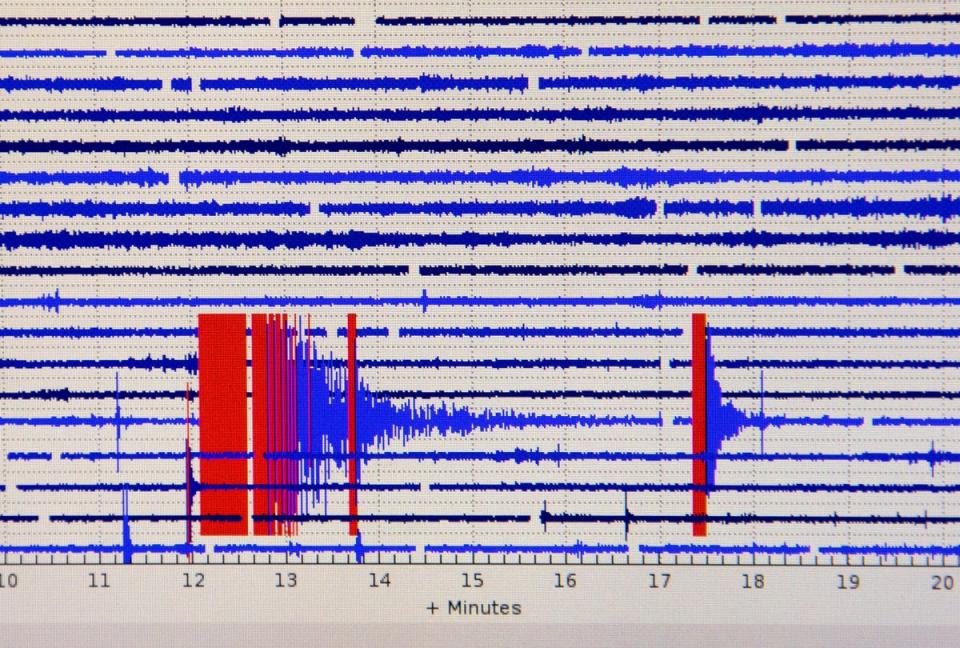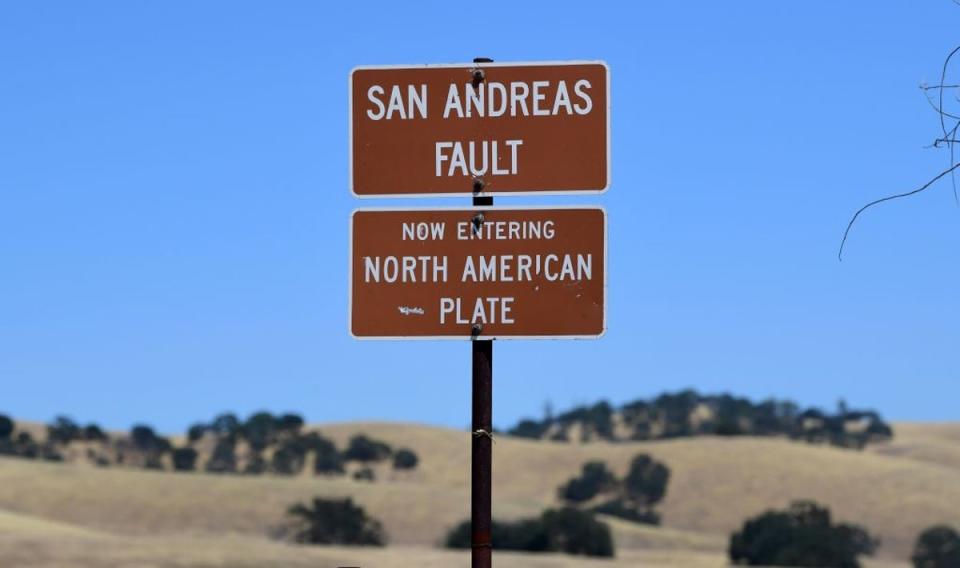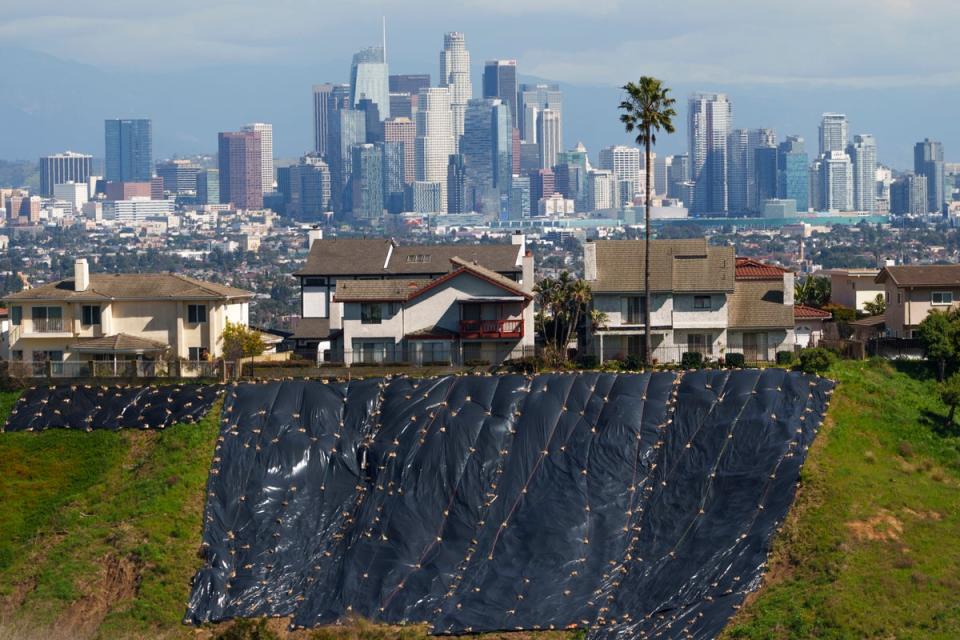In recent days, earthquakes have occurred one after another in Southern California. 3.6 in Ojai on May 31. Two of similar size in the East Los Angeles area of El Sereno. Three more earthquakes near Newport Beach and Costa Mesa.
While these quakes are much weaker than historic tremors like the 6.7 Northridge Earthquake of 1994, which caused an estimated $20 billion in damage and killed more than 57 people, do they herald the arrival of the so-called Big One in multiple states? highly active fault lines?
The infamous 800-mile-long San Andreas stretches from near the Mexican border, passing east of Los Angeles to the coast north of Sacramento.

Major earthquakes occur along the fault about every 180 years, and the San Andreas has not had an earthquake this strong since 1906. The U.S. Geological Survey estimates there is a 60 percent chance that this earthquake will cause a magnitude 6.7 or greater in the Los Angeles area. in the next 30 years.
Of even greater concern is the Cascadia Subduction Zone, which stretches from Northern California to British Columbia, Canada. Compared to historical averages, we are overdue for a much larger earthquake.
So, are the latest earthquakes a sign of something bigger, or are they just a normal occurrence in a state where it’s estimated that 35 earthquakes a day?


The El Sereno earthquakes, for example, occurred just beneath the Puente Hills thrust fault, which runs beneath downtown Los Angeles and Orange County. The 10-mile-deep fault angles like a ramp and comes closest to the surface near the University of Southern California’s L.A. campus. If an earthquake along this fault struck the loose soil of the Los Angeles Basin, the magnitude of the earthquake could increase up to tenfold compared to areas above the bedrock.
Meanwhile, the Newport Beach-Costa Mesa tremors occurred near the Compton thrust fault, which in a strong earthquake could raise the L.A. River as much as 5 feet and damage the city’s sewer systems. According to geologists, six earthquakes over magnitude 7 have occurred along the fault in the last 12,000 years.
Instead of focusing only on the largest earthquakes in terms of magnitude, scientists suggest that the key to consider is how much damage they can cause to densely populated areas. Despite its famous reputation, San Andreas passes through large parts of sparsely populated desert.
Professor emeritus of geology at San Diego State University, Dr. “In some ways, the ‘biggest’ in terms of damage and fatalities will be those that go through the city rather than long distances,” Pat Abbott recently told KSWB. year. “There’s the magnitude of the earthquake, and there’s also where you are relative to where the fault is moving.”


He noted major earthquakes such as the San Andreas earthquakes of 1857 and 1906 and the Northridge earthquake of 1994; these were all below the magnitude 8.0 predicted in the “Big One” scenarios but still caused “terrible” damage.
“Unfortunately, earthquake prediction remains an extremely challenging endeavor,” according to the California Governor’s Office of Emergency Services website. “While scientists can trace fault lines and detect patterns of seismic activity, they cannot reliably predict earthquakes.”
Instead, scientists are more interested in the realm of long-term probabilities, which can provide insight into what high-risk areas can do to prepare for the day when the elusive possibility of a major earthquake arrives.
For example, the USGS estimates there is a 72 percent chance of a magnitude 6.7 or greater earthquake hitting the San Francisco Bay Area within the next 30 years.


Finding higher levels of precision prediction is the “holy grail” of earthquake science, seismologist Harold Tobin of the University of Washington wrote last year.
“Science has not yet found a way to make workable earthquake predictions,” he wrote. “A useful forecast must specify a time, place, and magnitude, and all of these must be fairly specific and with enough advance notice to be significant.”
In the meantime, until this magic prediction code is cracked, governments can push for preparedness measures such as digital warning systems, drills and renovations; Citizens are advised to have emergency kits ready and to kneel and cover their heads. and your neck, and hold on to something stable when the earthquake begins.